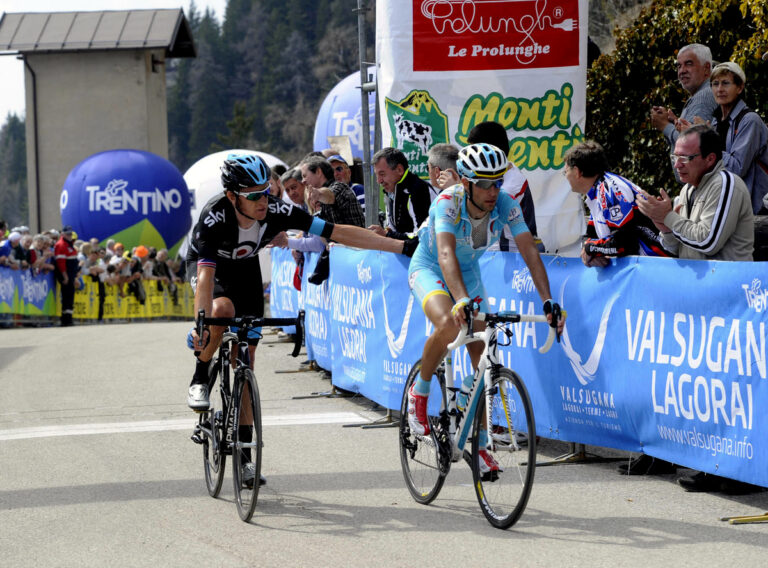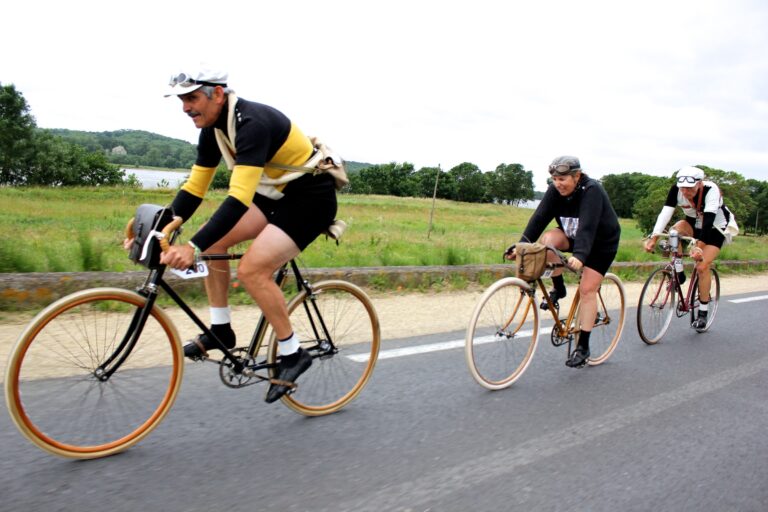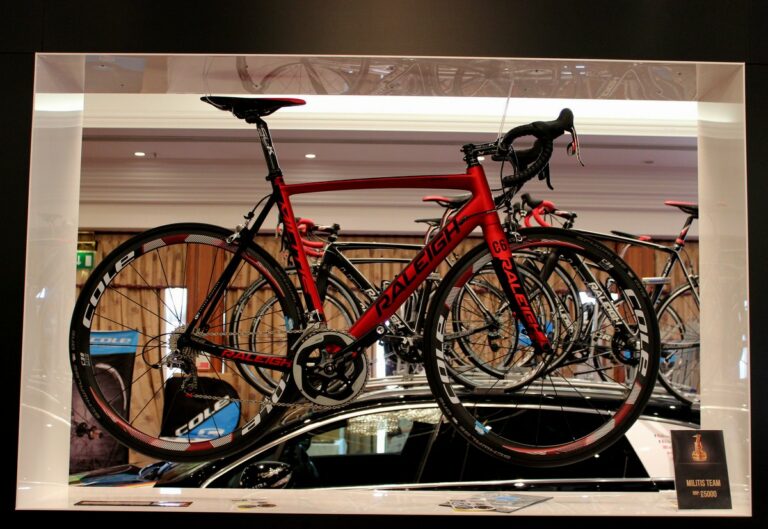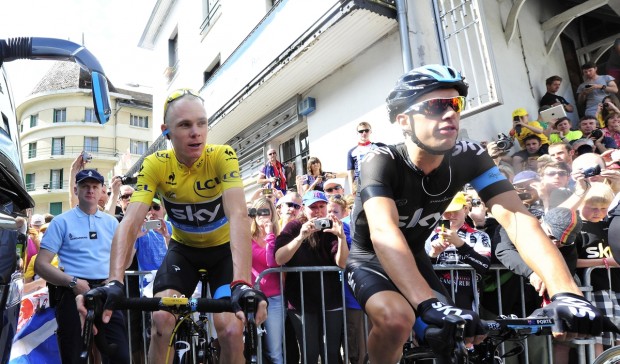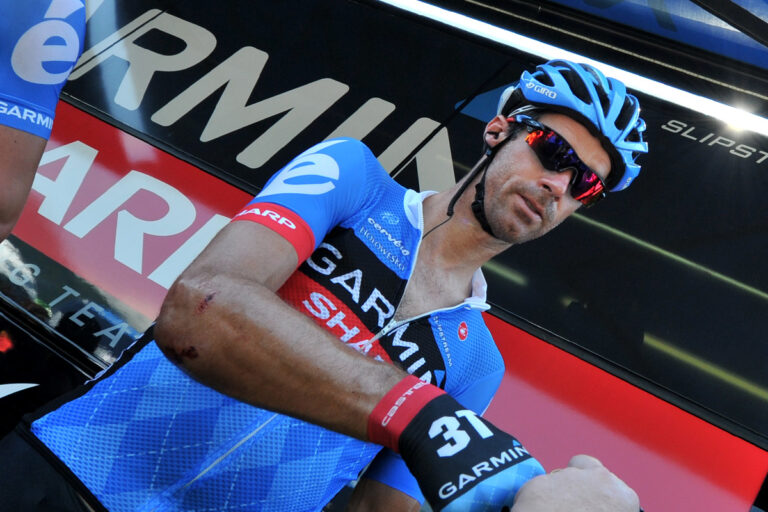It’s a well-trodden path.
You get on a bike to commute or get fit, and before you know it, you find yourself looking for some sort of challenge. Perhaps it started with a charity ride with work colleagues, and was quickly followed by UK sportives and then a European event. Finally, having dipped your toe in semi-competitive waters, you begin to consider the final frontier – racing.
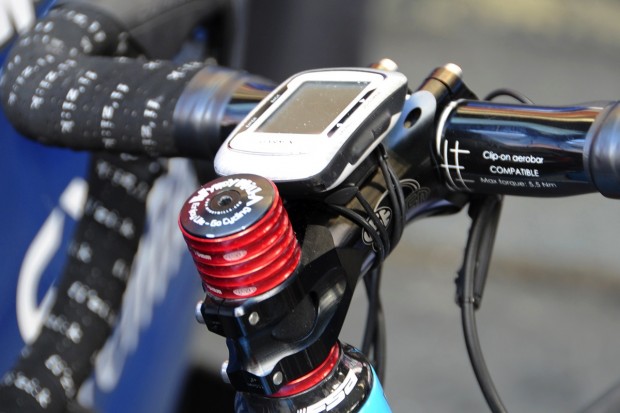
In this coaching series, we will explore how to train for your first forays into racing, giving you valuable tips to prepare you for entering the competitive arena. We will look at the challenges you will face and give you a heads-up on what to expect so that you can avoid some of the pitfalls.
Skilled worker
Following on from our Bronze to Gold series, there will be a strong emphasis on skills training, which becomes even more important when stepping up to racing, as well as fitness advice on how to build on your endurance levels to become the more dynamic rider you will need to be to race well.
Often the progression through sportives is about going longer or harder. With racing it’s all about going faster
You will need to be skilled at moving smoothly in and out of the saddle at will, accelerating both seated and standing, and holding and moving from one wheel to another at speed. A heightened sense of spatial awareness is important and you will need to learn how to use other riders to your advantage to feel comfortable with the constantly changing group dynamic.
Faster, not longer
Often the progression through sportives is about going longer or harder. With racing it’s all about going faster, and speed and change of pace plays a big part in whether you can get involved or have a rather briefer racing career. A shift in emphasis to higher intensity ‘quality’ efforts over volume of training and endurance will need to shape your preparations for racing.
Even the fittest sportive riders often find the dynamic of a racing bunch a shock, and learning to hold your own safely and confidently through corners in a fast-moving group can make or break your race experience. In a race situation, everything happens faster, and learning when and how to use your gears and brakes (and when not to) will allow you to remain responsive and alert.
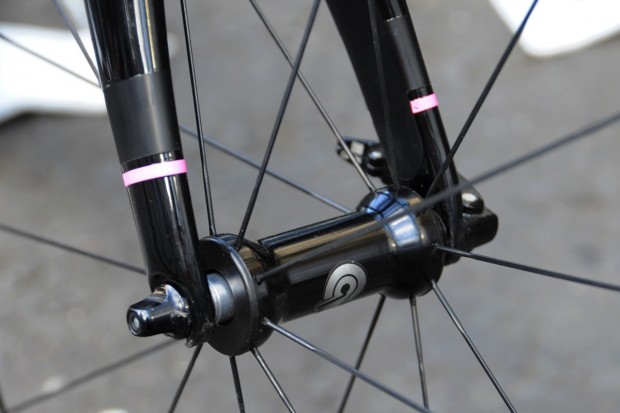
Fit for purpose
From a fitness point of view, not only will you need to be able to put in some intense efforts but you will need to recover from them fast. In contrast to sportives where the efforts tend to be more constant and prolonged, in races, even with longer climbs, you are much more likely to use your anaerobic energy systems.
Sportives tend to require ‘threshold efforts’ at most because the goal is to get round. When racing there is one agenda, and in the first place that will be keeping up
By their nature, sportives tend to require ‘threshold efforts’ at most because the goal is to get round and there is the need to conserve some glycogen. When racing there is one agenda, and in the first place that is keeping up, so using everything that you’ve got is a common experience.
Race pace
And that leads me to another important difference between sportives and races. In a sportive, you largely pace yourself. In races, the pace is dictated by others and you have to respond. This responsiveness physically, psychologically and tactically is probably the biggest challenge that will face the sportif rider turned racer.
Finally, there is the pressure. In a race when everything happens so fast, you really pay for your mistakes. If you get dropped, your race is over. Dealing with this anxiety and frankly coping with some failures will ensure that you keep persevering long enough to grasp the challenges and begin to improve.
One thing’s for sure – going faster is a whole lot harder than going further. With our advice, you’ll be well prepared for the challenge ahead. So brace yourself for a demanding but exciting ride.

